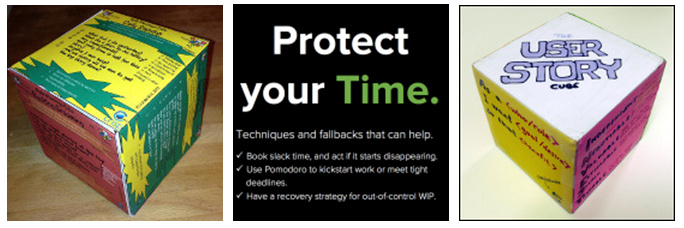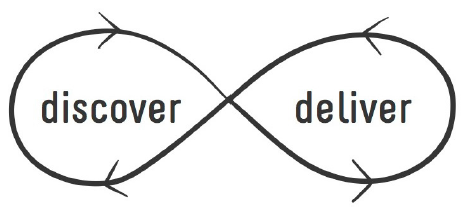A while ago I was asked to help out create a checklist for a team, a checklist that could tell something about whether or not a user story was “good enough”. I opened PowerPoint and starting to ponder over how I could help. I immediately realized that a presentation would be boring, shown once and then forgotten, and not invite to curiosity. I put my laptop away and created a cube instead.
A couple of days later I showed it to a friend and colleague (Viktor Sessan, Agile Coach at Spotify), who were also very intrigued by the concept, and we started to talk about how to take this further.
This is the result 🙂 We believe that if you let an idea loose, and it is a good idea, great things will happen.



